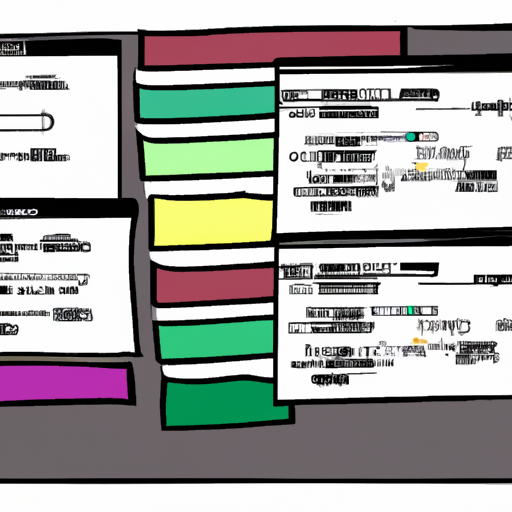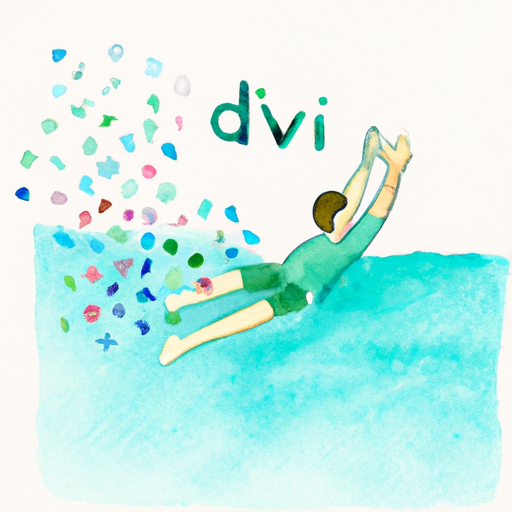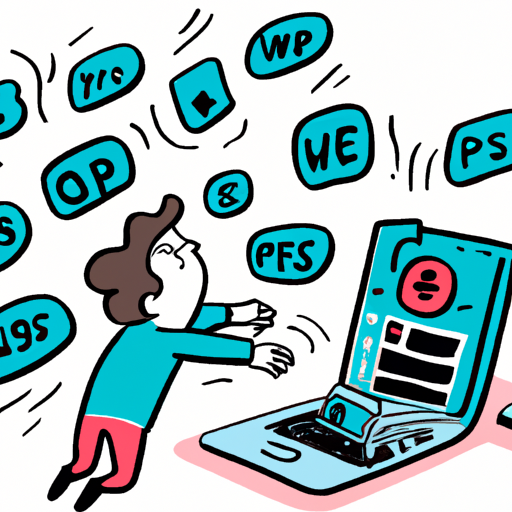This article introduces the modern programming language Rust, with an emphasis on safety, speed, and concurrency.
It discusses key features such as memory safety, strong typing, andhigh-performance capabilities. It also provides a guide to setting up your development environment, explains the basic Rust syntax and concepts, and recommends resources for learning and improving your Rust programming skills.
Want to expandprogramming language repertoire? Look no further than Rust. Whether you’re an experienced programmer or just starting out, Rust offers a unique approach to programming that’s both powerful and efficient.
In this article, we’ll introduce you to whatyou need to know to start using Rust. From understanding its key features to setting up your development environment, we’ve got you covered. So let’s dive into the world of Rust and discover why it’s becoming one of the most popular programming languagesindustry.
-
- 1. Introduction to Rust A Beginner’s Guide to the Programming Language
-
- 2. Key Features of Rust Understanding the unique aspects thatdistinguish it
-
- 3. Getting Started with Rust Step-by-step instructions for setting up your development environment
-
- 4. Rust Syntax and Basics Exploring syntax and basic conceptsof the language
-
- 5. Rust resources and further learning Recommended tools, libraries and tutorials to enhance your Rust journey
1.Introduction to Rust A Beginner’s Guide to the Programming Language
Rust is a modern programming language that has gained popularity in recent years due to its focus on safety, speed, and concurrency.It was first introduced by Mozilla in 2010 and has since grown steadily in popularity.
One of the key features of Rust is its focus on memory safety. Unlike other programming languages such asC or C++, Rust ensures that memory errors such as null pointer dereferences or buffer overflows are caught at compile time rather than at runtime. This makes Rust programs more reliable and lessprone to deadlocks or security vulnerabilities.
Rust also provides a powerful type system that enables safe and efficient memory management. It uses a concept called a property, where each value in Rust hassingle owner. This allows memory to be automatically deallocated when the owner goes out of scope, eliminating the need for manual memory management or garbage collection.
In addition to memory safety, Rust is designedto be a high performance language.This comes back to its zero-cost abstractions, which means
2. Key Features of Rust Understanding the unique aspects that set it apart
Rust is a modern programming language that has gained significant popularity in recent years. It stands out from other languages due to its unique set of features that make it a powerful tool for developers.These key features are essential for anyone who wants to get started with Rust.
1. Memory Safety One of the outstanding features of Rust is its strong emphasis on memory safety. The language guarantees memory safety without the need for garbage collection, making it suitable for programming systems where performance and reliability are crucial. Rust achieves this through its property system and strict borrowing rules, which prevent common problems such as null pointer dereferences, data races, and data leaks.memory.
2. The Property System Rust’s property system is at the heart of its memory safety guarantees. It introduces the concept of property, which allows fine-grained control over how memory is allocated, accessed, andfreed. Each value in Rust has a unique owner, and there can only be one owner at a time. This approach eliminates the need for manual memory management
3. Getting Started with Rust Step-by-step instructions for setting up your development environment
Setting up your development environment for Rust is a simple process that can be completed in a few simple steps.meet the necessary requirements and install the necessary.tools.Here is a step-by-step guide to get started
1. Check the system requirements
Before proceeding, it isessential to confirm whether your operating system.concepts underpin the language, enabling developers to write efficient and secure code.Understanding these basics is essential to getting started with Rust.
One of the first things to notice about Rust’s syntax is its similarity to C and C++.This makes it easy for developers familiar with these languages to switch to Rust.However, Rust also introduces some unique syntaxes and concepts that set it apart.
Rust syntax emphasizes readability and clarity, with the goal of reducing ambiguity and making code easier to understand.It does this through a combination of expressive keywords, punctuation, and strong typing.
Let’s explore some of the key syntax elements and concepts.in Rust
1. Variables and Mutability In Rust, variables are immutable by default. This means that once a value is assigned to a variable, it cannot be changed. To make a variable mutable, the keyword “mut” is used. This approach promotessecure and predictable code by preventing accidental changes.
2. Owning and Borrowing
4. Rust Resources and Further LearningTools,recommended libraries and tutorials to enhance your Rust journey
When starting your Rust journey, it’s important to have access to a variety of resources that can help you deepen your understanding and improve your skills.recommended tools, libraries, and tutorials that can enhance your Rust learning experience
1. The Rust Programming Language Book This official resource is a comprehensive guide to Rust programming.It covers all aspects of the language, from syntax, from basic topics to advanced topics such as concurrency and memory management. The book also includes exercises and examples to practice what you’ve learned.
2. Rust Playground The RustPlayground is an online code editor that lets you write, compile, and run Rust code right in your browser. It’s a convenient tool for quickly testing ideas or sharing code snippets with others. Playground also providesan interactive environment where you can experience different Rust features.
3. Cargo Cargo is the official package manager and build tool of Rust.It simplifies the process of managing dependencies and building your Rust projects..With Cargo, you can easily
In conclusion, this article has provided an overview of Rust, from its introduction as a guidefor beginners to exploring its key features and understanding its unique aspects.discussed the step-by-step process of setting up the development environment and reviewed the syntax and basic concepts of Rust.
In addition, we provided a list of recommended resources, tools, libraries and tutorials to further learn and improve the journeyyour.Rust.With this knowledge and resources at your disposal, you are well equipped to dive into the world of Rust and start developing robust and efficient applications.So what are you waiting for?Start your Rust journey today!
….






